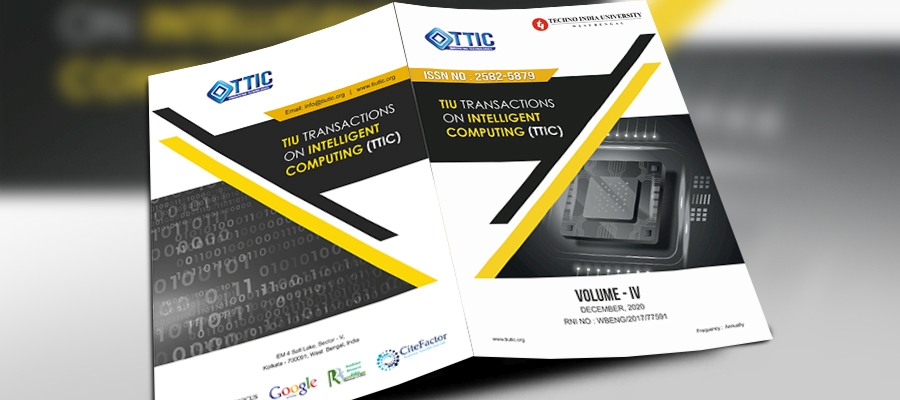Abstract
One of the most promising genome-editing tools available now is the CRISPR/Cas9 (Clustered Regularly Interspaced Short Palindromic Repeats/CRISPR associated protein-9) system, discovered in 2012 by Nobel Prize-winning Laureates Jennifer Doudna and Emmanuelle Charpentier. It is a bacterial defensive mechanism that exhibits the cleavage of genomic DNA at the desired location, resulting in the exit of the old genes and the induction of a new set of genes. The accuracy, precision or fidelity of the genetic cut depends on the target and the proto-spacer adjacent motif (PAM) sequences. The target sequence is 20 bases long and belongs to a particular CRISPR locus on a crRNA array. The Cas9 protein recognises the PAM sequence (5'-NGG-3') by selecting the correct location of base-pair bonds within the target sequence on the host genome. Assembling the nucleotide sequence related to PAM and target sequence into a plasmid and then transfecting the plasmid into a cell shows that Cas9 with the help of a crRNA detected the correct sequence within a host cell. This resulted in a single or double-stranded break at the appropriate location in the DNA, thereby working as a molecular scissor and performing a genetic cut. We choreographed this tool in achieving the information related to the generation of the PAM sequence and the off-target sites associated with the ROS1 gene responsible for lung cancer prognosis. To achieve the same, we investigated the said gene on preformed online software tools available like that of CCTop and SYNTHEGO to generate the best possible target sequence along with their appropriate guide RNAs. Furthermore, an approach has been made to establish the protein characteristics related to the generation of hydropathy index and the polarity.
Keywords: CRISPR/Cas9; gRNA; molecular scissor; ROS1 gene; SYNTHEGO and CCTop computational tool.


